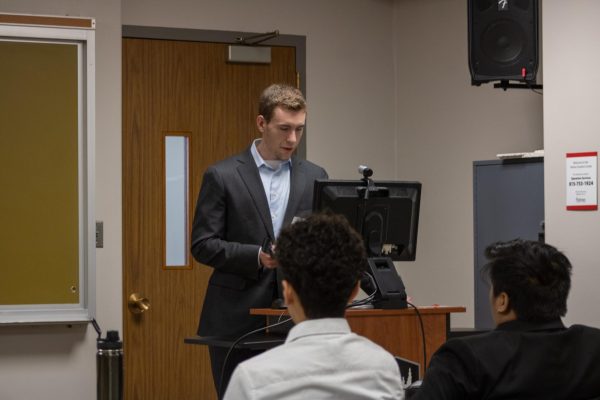NIU faculty twitter too
April 9, 2009
As Twitter continues to take over the technology-savvy world, it has made its way into NIU.
Departments such as the School of Music, Alumni Association and the College of Engineering and Engineering Technology have begun using Twitter, a Web site that allows its users to communicate through 140-word “tweets.”
This is an example of how fast new technologies grow in the digital age. Social networking sites like Facebook and Twitter have become mainstream in a matter of years, as they’re now used not by just young people but by parents and professors and university staff.
Jason Rhode, assistant director of faculty development, is one such staff member. He uses Twitter both personally and professionally. His department, Faculty Development and Instructional Design Center, has implemented Twitter feeds for faculty, staff and graduate teaching assistants “in an effort to provide the latest news, notices of new workshops or other resources,” he said.
However, he doesn’t know of any professors who have Twitter feeds for their classes.
David Gunkel, director of graduate studies for the communication department, has tried Twitter. One time he was using it when someone tweeted, “I’m busy tweeting right now.”
“Great, I need to know that,” Gunkel thought at the time, all but giving up on Twitter afterwards.
As for why he doesn’t use it now, he said, “I don’t think of anything that’s that interesting. Maybe if I was involved in some kind of interesting work, but driving to work and teaching class doesn’t seem that exciting.”
Katie Graczyk, senior business administration major, said she doesn’t think enough students, herself included, are using Twitter for it to work as a correspondence method for students and professors.
“People are used to using Blackboard or other traditional methods, so I don’t think it would catch on,” she said. “But anything that will improve communication is good, so maybe in the future.”
Jemimah Towouh, junior public health major, said academia should remain in the classroom.
“Don’t take it to the next level where you get rid of communication and have to rely on technology,” she added.












